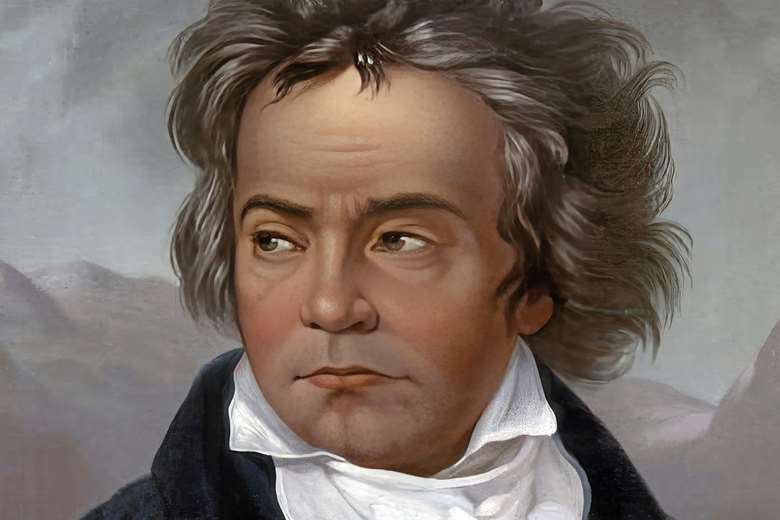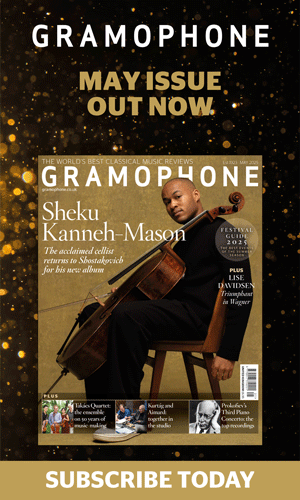Beethoven’s Seventh Symphony: a guide to the greatest recordings
Richard Osborne
Friday, February 21, 2025
Richard Osborne explores how conductors have approached this most elemental of Beethoven symphonies through more than a century of recorded performances

Register now to continue reading
Thanks for exploring the Gramophone website. Sign up for a free account today to enjoy the following benefits:
- Free access to 3 subscriber-only articles per month
- Unlimited access to our news, podcasts and awards pages
- Free weekly email newsletter














